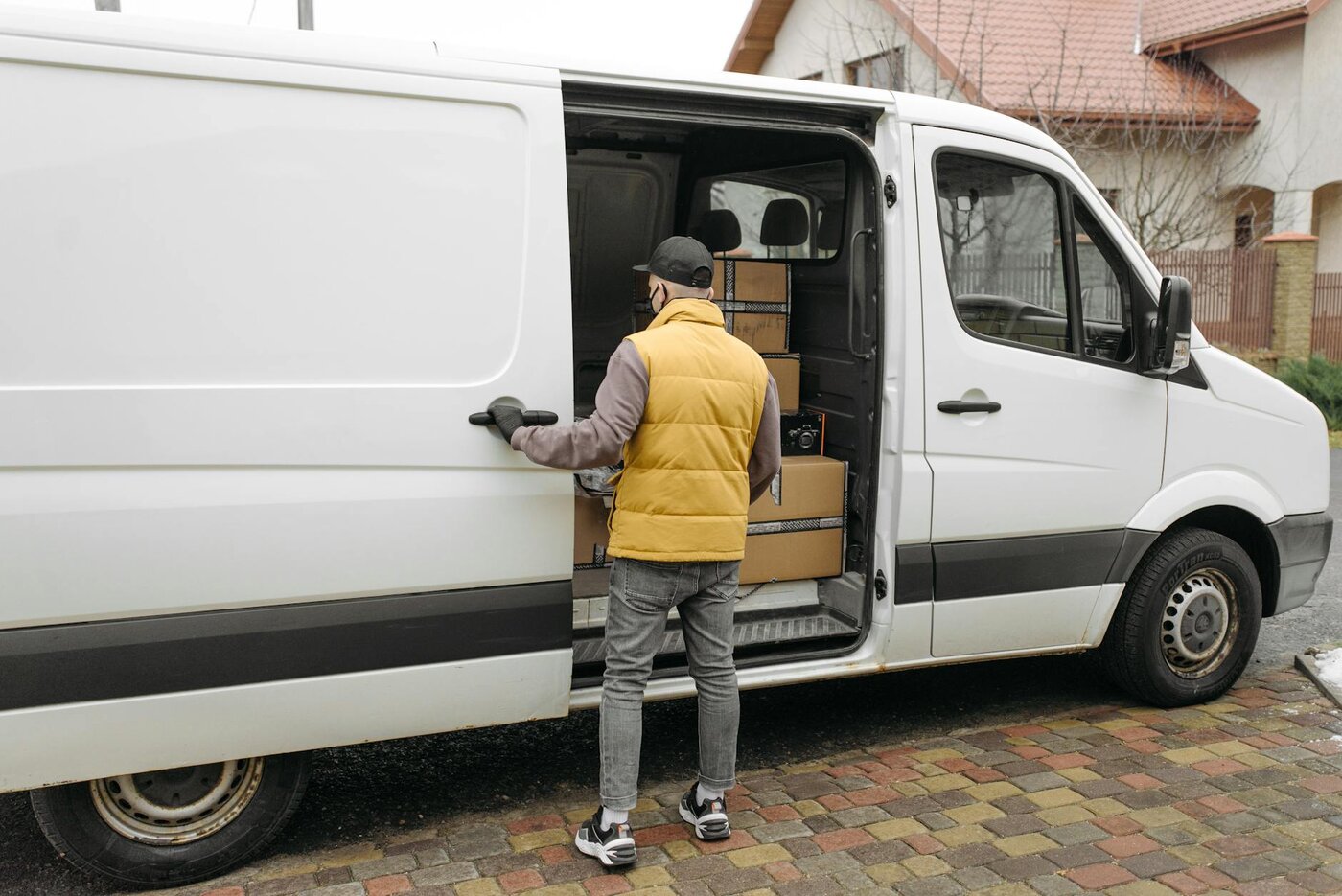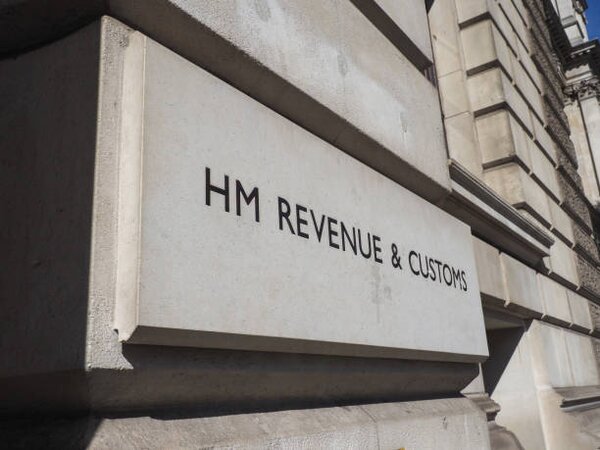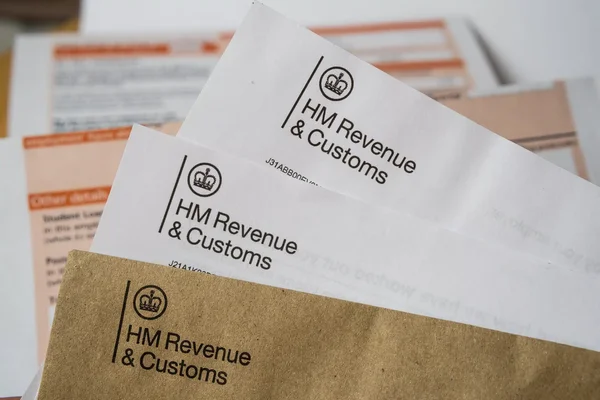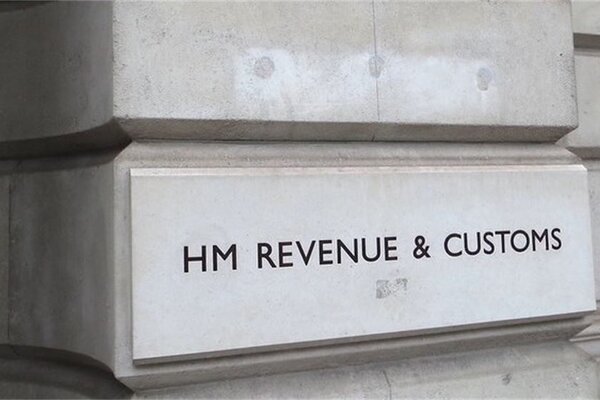Let’s Break This Down Together...
Not sure how to claim mileage as self-employed, or worried you’re missing out on tax relief? It can feel confusing when you're juggling rates, rules, and receipts.
This guide walks you through the 2025/26 mileage allowance, how to track your journeys, and whether flat-rate or actual costs work best. You’ll also learn what records HMRC expects and how electric vehicles fit in.
Get it right and you could save hundreds on your tax bill, with less hassle come Self Assessment time. Let’s dive in.
What is the Self-Employed Mileage Allowance?
The mileage allowance is HMRC’s simple way for self-employed people to claim tax relief on business journeys. Instead of tracking all your actual vehicle costs, you can use the flat rate method, which allows you to claim a fixed amount per mile rather than actual expenses.
For the 2025/26 tax year, the rates remain at 45p per mile for the first 10,000 miles in cars and vans. These are HMRC's approved mileage rates, also known as approved mileage allowance payments (AMAP). After that threshold, you can claim 25p for each additional mile.
Motorcycle journeys can be claimed at 24p per mile, while bicycle trips are 20p per mile. These are HMRC's approved mileage rates for the 2025/26 tax year, and this method saves you from calculating fuel, insurance, repairs, and depreciation separately.
You simply multiply your business miles by the appropriate rate. I once forgot to track my mileage and lost nearly £2,000 in potential tax relief – a mistake I never repeated!
How to Claim Mileage for Self-Employed 2025/26 Tax
First, you need to track all your business journeys throughout the tax year. Maintaining a mileage log is essential for a valid claim, note the date, start and end locations, reason for travel, and total miles for each trip.
Only business related travel counts, not your regular commute to a fixed workplace. Business related travel includes client visits, trips to suppliers, business meetings, and work-related training.
Self employed individuals, including sole traders, can claim mileage for business journeys in personal vehicles. When completing your Self Assessment for 2025/26, enter your total business miles in the self-employment section. Look for the “Car, van and travel expenses” category. You can also claim expenses for business related travel. There is an option to claim online through HMRC's digital services.
The calculation is straightforward: you can get an instant estimate of your claim by multiplying your business miles by the mileage rate. The mileage rate is set by HMRC and is used to calculate mileage allowance payments. For example, if you drove 12,000 business miles, you’d claim £4,500 for the first 10,000 miles.
Then add £500 for the remaining 2,000 miles (at 25p each), totalling £5,000. You may receive mileage allowance payments, which are tax free up to the approved limit. If you use a company car or company cars, different rules apply and you cannot claim the standard mileage allowance.
Fuel costs and fuel rates are covered by the mileage rate, so you do not need to keep fuel receipts unless claiming actual costs. Your total expenses claim, including mileage and other expenses such as professional fees, must be supported by receipts. This amount directly reduces your taxable profit, so you pay less tax and your taxes on business income are lowered.

Understanding HMRC Mileage Rates for 2025/26
For the 2025/26 tax year, HMRC mileage rates remain consistent, making it easier for self-employed individuals and businesses to plan their mileage claims. The approved mileage allowance is 45p per mile for the first 10,000 business miles you drive in a tax year, and 25p per mile for any additional miles after that. These mileage rates apply to both cars and goods vehicles, and are designed to cover all running costs, fuel, servicing, insurance, and even wear and tear.
If you drive an electric vehicle for business purposes, you can still claim the full 45p per mile rate, no matter how many business miles you travel. This is a great incentive for those considering switching to electric vehicles, as it helps offset running costs and supports your claim mileage allowance relief.
Understanding and applying the correct HMRC mileage rates is crucial for maximising your mileage allowance relief and ensuring your tax bill is as low as possible. Always check the current rates before you claim mileage allowance, and remember that these rates are set per mile, so accurate tracking of your total mileage is essential for a successful claim.
Who Can Claim Self-Employed Mileage?
Any self-employed person who uses their personal vehicle for business travel can claim mileage. Any self employed individual, including a sole trader, can claim mileage for business journeys in personal vehicles like travelling outside of your workplace for business training courses. This includes sole traders, partners in partnerships, and members of LLPs.
You must be using your own vehicle – not one that’s already listed as a business asset. If the vehicle is a business asset, you’d claim actual expenses and capital allowances instead.
Remember that regular commuting doesn’t count. If you work from home and travel to see clients, those journeys are claimable.
But if you have a regular office, travel to that office isn’t allowed. HMRC considers this personal commuting rather than business travel.
Essential Record-Keeping for Mileage Claims
HMRC may ask to see your mileage records up to 5 years after you file. Maintaining a detailed mileage log is essential for a valid HMRC mileage claim, as it provides the necessary evidence to support your claim if questioned. Keeping detailed logs is crucial for defending your claims if questioned.
For each journey, record the date, starting point, destination, business purpose, and total miles. Weekly or monthly totals help you track your progress throughout the year.
Many self-employed people find a dedicated mileage app helpful. These often use GPS to automatically track journeys and categorise them as business or personal.
Paper logbooks work too – just keep them somewhere safe with your other tax records. The key is consistency in your record-keeping approach.
Trying to recreate a year’s worth of journeys from memory at tax time rarely ends well! Set up a system that works for your routine and stick with it as this can also help along with keeping your self-assessment documents.
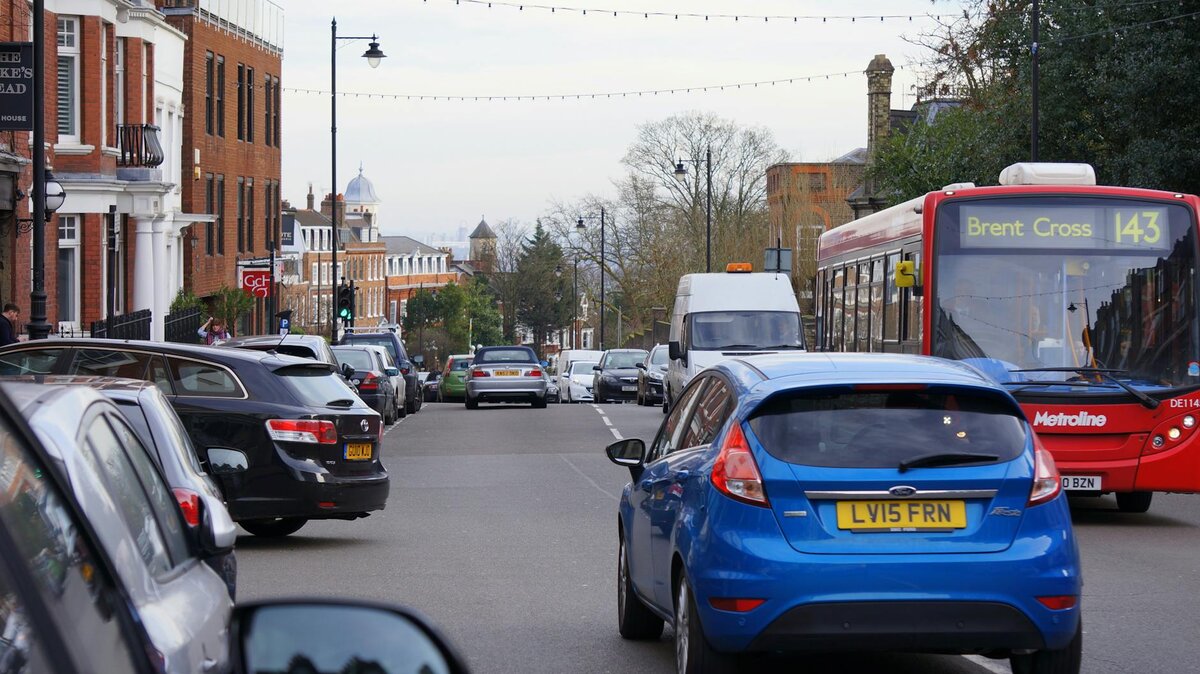
Actual Costs vs Mileage Allowance: Which is Better?
You have a choice: claim the mileage allowance or claim your actual vehicle expenses. The better option depends on your specific circumstances.
With actual expenses, you’d calculate the business percentage of all your vehicle costs. This includes fuel costs, insurance, repairs, MOT, servicing, depreciation, and can also take into account HMRC's advisory fuel rates. If you are claiming actual fuel costs, you must keep fuel receipts to substantiate your claim. You can also use tax software for additional guidance on mileage matters.
This method might be better for high-value vehicles with significant expenses. You’ll need to track all receipts, including fuel receipts, and calculate the business-use percentage.
The mileage allowance is usually better for lower-mileage drivers with cheaper vehicles. It’s also much simpler, with far less record-keeping required. You can claim expenses for business travel as a business expense using the approved mileage rates.
Important: once you’ve used the mileage allowance for a vehicle, you must stick with that method for the lifetime of that vehicle. Choose carefully!
Electric Vehicles and Mileage Allowance
Electric vehicles are rapidly gaining popularity among self-employed people and small businesses, and the good news is that HMRC’s mileage allowance scheme fully supports this shift. If you use an electric vehicle for business mileage, you can claim the same 45p per mile rate as petrol or diesel cars, with no reduction after 10,000 miles. This means you can claim the full mileage allowance for every business mile driven, making electric vehicles especially attractive for those with high annual mileage.
On top of the generous mileage allowance, electric vehicles benefit from lower running costs, as they are exempt from fuel duty and Vehicle Excise Duty (VED). This can significantly reduce your overall business expenses. However, to claim mileage allowance for your electric vehicle, it’s vital to keep accurate records of every business journey, just as you would with any other vehicle. Detailed mileage logs will ensure your claim is compliant with HMRC rules and that you receive the full tax relief you’re entitled to.
Common Mistakes to Avoid When Claiming Mileage
Making a mileage claim might seem straightforward, but there are a few common pitfalls that can trip up even experienced self-employed people. One of the biggest mistakes is failing to keep accurate mileage logs, without detailed records of your business trips, your mileage allowance claim could be challenged or even rejected by HMRC.
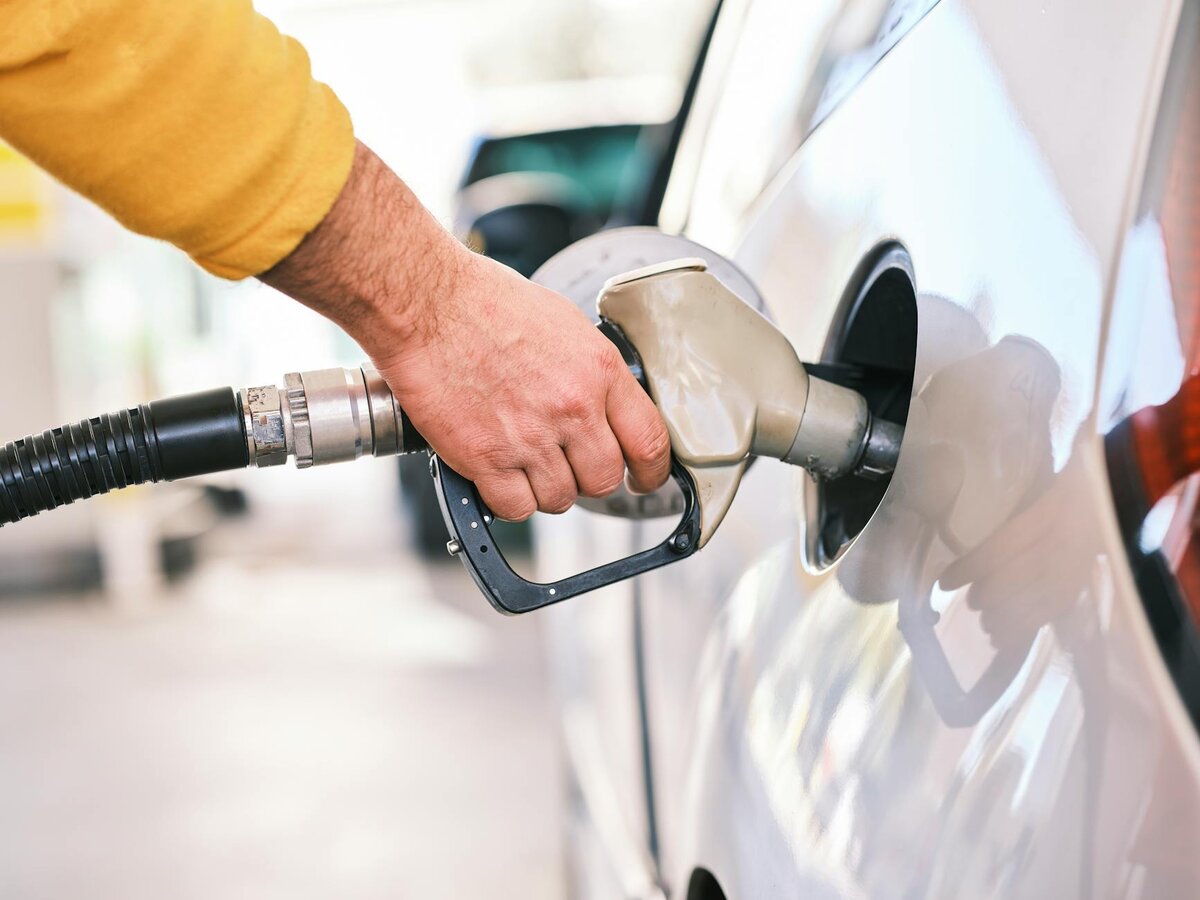
Final Thoughts
Claiming mileage correctly is one of the simplest ways to reduce your tax bill as a self-employed person. The flat-rate system makes calculations easy, but consistent record-keeping is essential.
Take time to choose the right method for your situation. Set up a tracking system that works for your routine and becomes a natural part of your business day.
A few minutes of admin after each journey can save hours of stress at tax time. When in doubt, chat with a tax professional who understands self-employment.
Getting this right puts more money back in your business where it belongs. Many self-employed people find they've been under-claiming for years!
Pie: Simplifying Self-Employed Mileage Claims for 2025/26 Tax
Getting your mileage claims right shouldn't feel like a paperwork marathon. The UK's first personal tax app makes tracking business journeys simple and stress-free.
Pie's smart mileage tracker logs your journeys and automatically sorts them into business categories. No more spreadsheets or trying to remember where you went six months ago.
When it's time to file your Self Assessment, your verified mileage data transfers directly to the right sections. This eliminates mistakes and helps ensure you claim every penny you're entitled to.
Want to see how it works? Take a quick look at the Pie app and discover how much easier your 2025/26 tax return could be.
